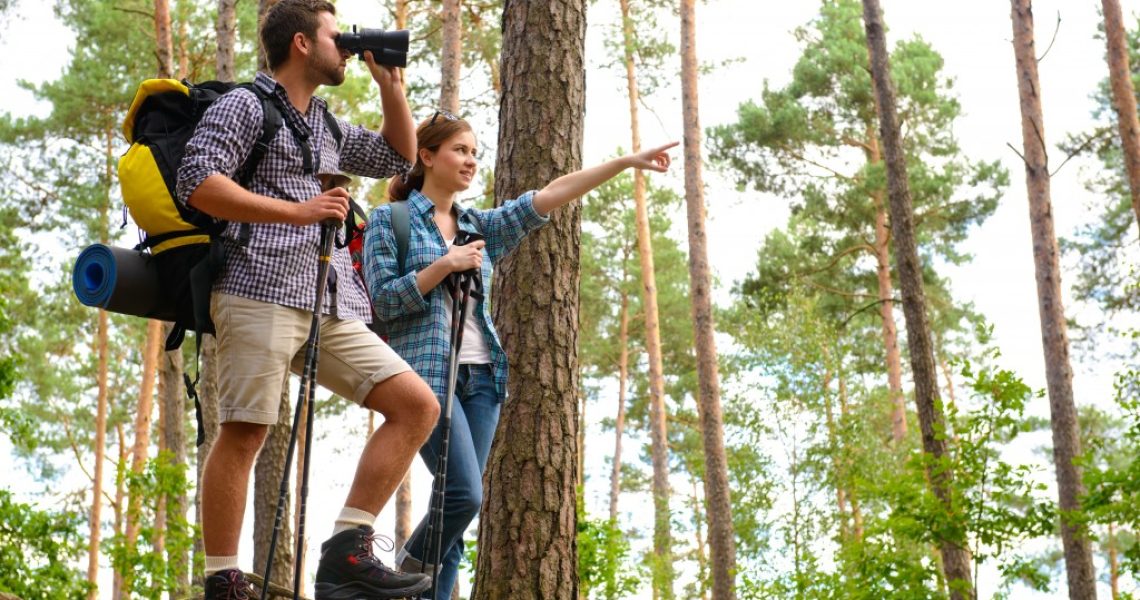You work for a military contractor specializing in navigation systems and running GPS simulation projects for the Air Force. Your job entails a lot of traveling. You’re also a sports enthusiast, and you participate in running, bike, and swimming races, mostly in the USA.
A business trip took you to Sweden. Your friend and contact there found out about your interest in sports. He said that one of the popular sports in Sweden is called orienteering and that you should try it. He explained in detail the different varieties of the game—from foot orienteering to trail orienteering. He said that you should try it the next time you come for a visit.
On the plane back, you’ve thought about it. You’re going to give it a try. How should first-timers prepare for the sport of orienteering? Here are a few things to take note of:
Overview of the Sports of Orienteering
Orienteering had its genesis as a navigational contest in the late 1800s amongst soldiers from the Swedish military. The competition caught on to the general public. Today, it has evolved into a group sport with international governing bodies, national clubs, and yearly events taking place around the world.
It is still generally an adventure race, but unlike fun runs or marathons with set routes, it requires the use of maps and navigational skills to go from one point to another on unknown terrain.
The International Orienteering Federation governs and sanctions the sport, which includes the following variations:
- Foot orienteering (FootO)
- Mountain bike orienteering (MTBO)
- Ski orienteering (SkiO)
- Trail orienteering (TrailO)

Preparing for the First Time
Your experience in other sports like running will help you. But there are nuances that you should be familiar with. You will perhaps decide on trying out foot orienteering first. Here are a few things that you should know:
- Expert advice. Have another chat again with your friend. Talking to an expert about tips and the key things that you should focus on mentally and physically will set you on the right track in terms of preparation. Read guidebooks and watch expert videos that can provide you with the essential training tips.
- Club in your area. Find out if there’s a local club in your area and see if they offer initial training and other activities that can ease you in slowly, to the rigors of the support. Typically, non-competitive events are organized to help newbies learn the required skills for the sport.
- Gear and accessories. As in many sports, you must have the right clothing and equipment to participate in events. The primary gear requirement includes durable outdoor shoes, outdoor clothes and layers, a baseplate compass, and a safety whistle. Trail shoes work best if you’re in a competitive mode. The layered clothing protects you from the elements.
- Practice. Find time to train and practice what you learn in your local club, which includes reading the map and using your compass.
- Select a race. Plan your race. For your first race, select one that’s newbie-friendly. Also, when you get to your competition, plan it carefully. Focus on what your approach should be and ignore fellow orienteering competitors.
The invention of the sport came before GPS. It’s illegal to use them as a tool for the race, but a GPS watch can be used by advanced athletes to monitor and record performance. Those are five tips to get you going for your first orienteering race.

